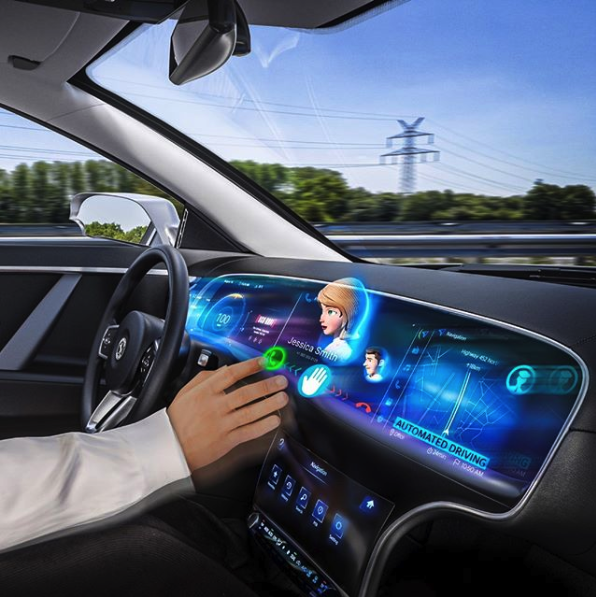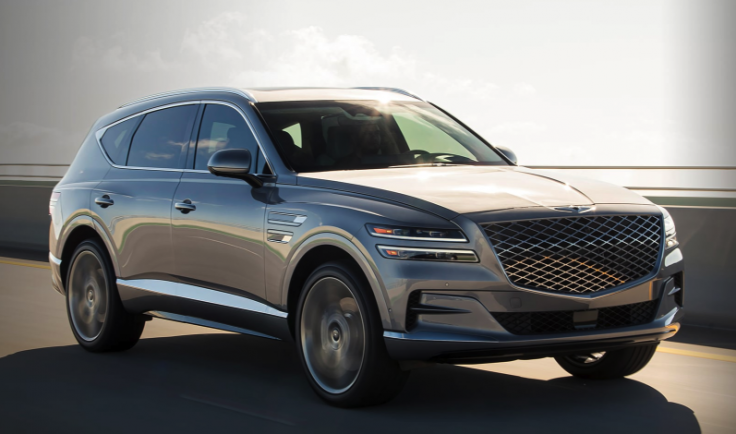Cars continue to evolve and so does the way people interact with these machines. Now, digital touchscreens and displays are a new standard but a German company has gone one step further by introducing 3D technology that makes the digital instrument cluster pop out of car dashboards.
3D car dashboard displays
Continental, a Tier-one OEM supplier, announced on Monday that it has developed an "auto-stereoscopic" 3D car infotainment display and no additional equipment is needed to view the futuristic technology. The display is the first of its kind and can display 3D images using camera technology to monitor a driver's line of sight and help display three-dimensional scales, pointers, and objects.

How does it work?
The display is the first of its kind as it can display 3D images without the need for specialised 3D glasses. The system uses an interior camera and what it refers to as "parallax barriers" to track the driver's eyes and angles the display in a such a manner that the driver's left and right eye perceive different images.

This makes it possible to display three-dimensional images, pointers and objects that appear as if they're rising out of the dash or sinking back into it. The camera also serves as a watchdog, sending notifications when it detects fatigue or if the driver stares at the screen for too long.
When will it be available?
According to the company, adding this 3D technology to car dashboard displays can prove to be more helpful to the driver rather than distracting. By displaying road signs, traffic safety alerts, speed limits, and other information in a 3D format, it will easier to see and focus on as opposed to a flat 2D display.
The German auto component maker revealed that the 3D technology is production-ready and the top-of-the-line variant of Hyundai's 2021 Genesis GV80 will be the first to feature the 3D car dashboard displays.

In the future, Continental plans to make 3D movies in cars a reality, allowing passengers in the rear to enjoy a three-dimensional experience and is currently working a new 3D-display that does not require the parallax barrier or the in-car camera. The company aims to start production on this technology by 2022.









